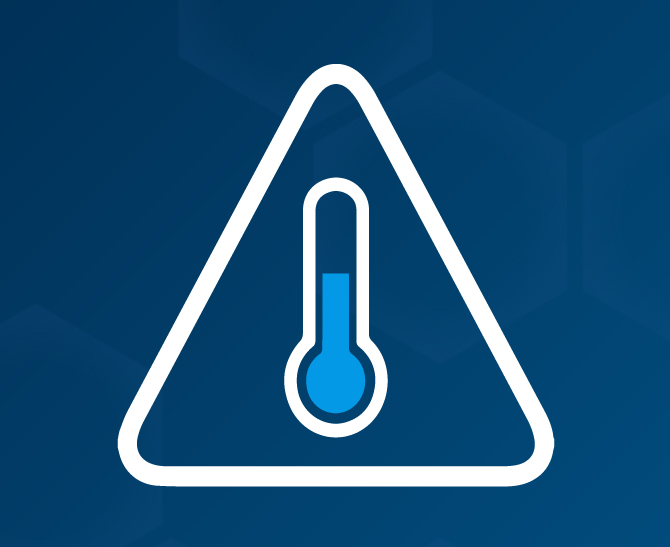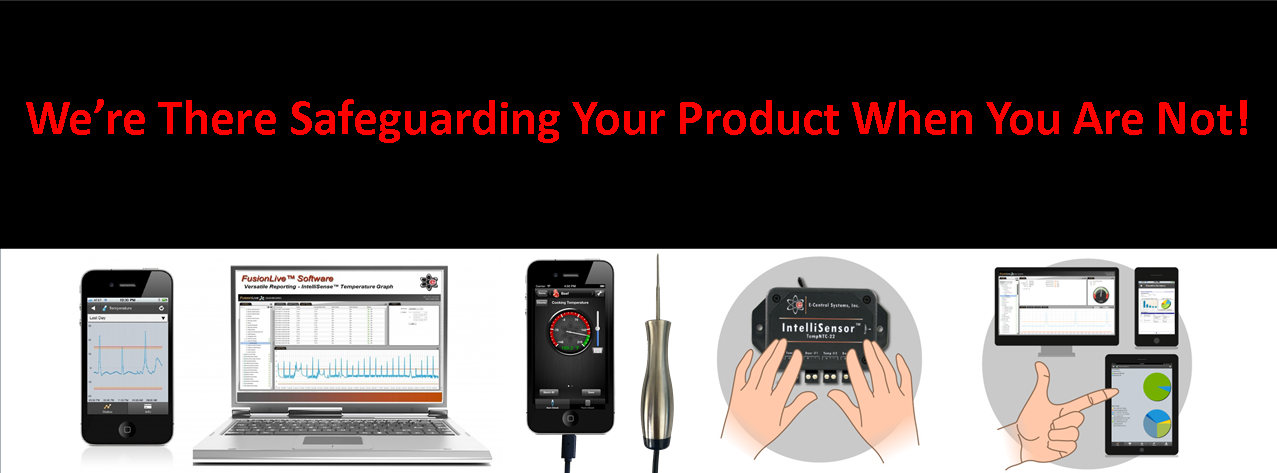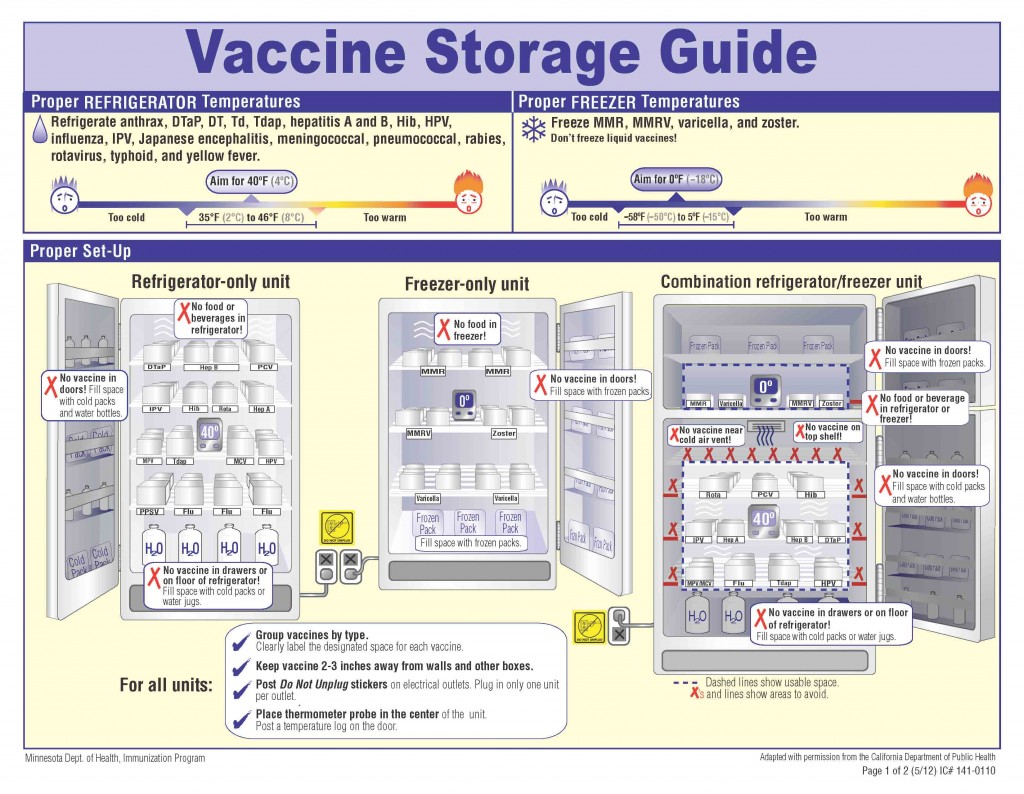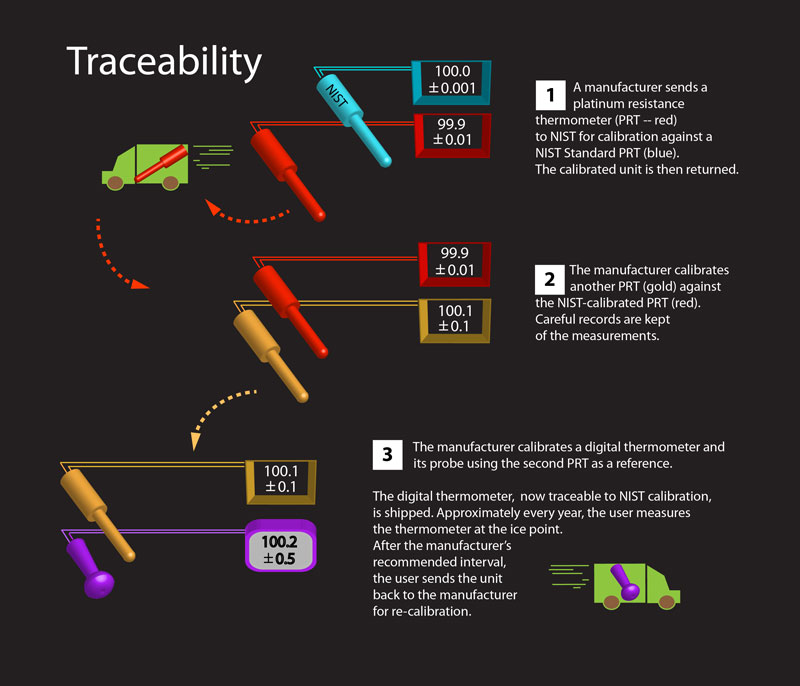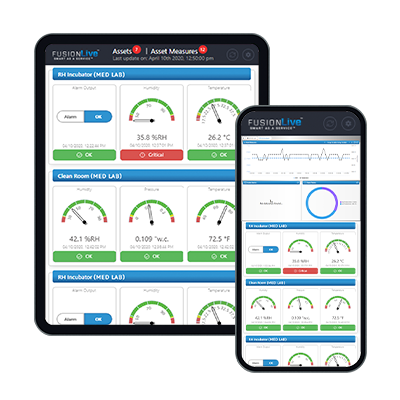
Controlled Ambient Temperature Monitoring System
Ambient Temperature Control for Rooms and Storage
How E-Control Systems Works for Ambient Temperature
E-Control Systems operates by using wireless sensors to monitor the ambient temperature of various equipment. These sensors are strategically placed within each piece of equipment to capture real-time temperature data. The collected data is then transmitted to a centralized system for analysis and action.
The system is programmed with pre-set acceptable temperature ranges for the equipment. If the ambient temperature deviates from these predetermined ranges, E-Control Systems triggers instant alerts through email, SMS, or mobile app notifications to designated personnel. This allows for immediate intervention to address any temperature fluctuations and prevent potential damage to the stored goods.
Additionally, E-Control Systems provides remote access capabilities, enabling authorized personnel to monitor and manage the various equipment’s ambient temperature from anywhere with an internet connection. This remote access feature ensures that optimal temperature conditions are maintained, reducing the risk of spoilage and preserving the quality of the stored goods. By employing E-Control Systems, businesses can effectively monitor and control ambient temperatures in all of their equipment, ensuring the safety and integrity of their stored products.
E-Control Systems Features for Controlled Ambient Storage
What makes E-Control Systems stand out? Our sensors and intelligates can monitor any aspect of your Ambient Temperature business 24/7.
What Sets Our Ambient Temperature Monitoring Apart from Other Options in the Market?
Due to its reliability and comprehensive features, E-Control Systems stands out in the market for ambient temperature monitoring. Our system utilizes wireless sensors to provide real-time monitoring of ambient temperature in various equipment, ensuring the safety and integrity of stored goods. The instant alert system via email, SMS, or mobile app notifications allows for prompt action in case of any temperature deviations, minimizing the risk of damage.
E-Control Systems offers additional benefits such as comprehensive data logging and reporting features. This allows businesses to maintain a historical record of environmental conditions for analysis and compliance purposes. The system also provides remote access capabilities, enabling authorized personnel to monitor and manage the ambient temperature from anywhere. With its reliability, comprehensive features, and ability to meet regulatory requirements, E-Control Systems offers a top-tier solution for ambient temperature monitoring in walk-in freezers.
Our Controlled Ambient Temperature Customers Include:
Ambient Temperature Control and Monitoring System
Ambient Temperature Monitoring FAQ's
What is considered ambient temperature?
Ambient temperature refers to the air temperature of the surrounding environment. It's the baseline temperature that is measured in a given area without any artificial heating or cooling influences. In most contexts, ambient temperature ranges from 20°C to 25°C (68°F to 77°F), which is considered comfortable for most indoor environments. It serves as a reference point for various applications, including climate control, electronics, and scientific experiments.
Why is ambient temperature important?
Ambient temperature is important because it affects various aspects of daily life and numerous industries:
Comfort and Health: Maintaining an optimal ambient temperature is important for human comfort and health. Extreme temperatures can lead to discomfort, heat stress, or hypothermia.
Electronics and Equipment: Many electronic devices and equipment are designed to operate within a specific temperature range. Excessive heat can cause overheating and damage, while very low temperatures can affect performance and reliability.
Food Storage: Proper ambient temperature is essential for storing perishable foods. Incorrect temperatures can lead to spoilage, foodborne illnesses, and loss of nutritional value.
Manufacturing and Industrial Processes: Many manufacturing processes require controlled temperatures to ensure product quality and consistency. Deviations from the required ambient temperature can affect the properties of materials and the outcome of the production process.
Scientific Research: In scientific experiments, ambient temperature must be controlled and recorded to ensure accurate and reproducible results. It influences chemical reactions, biological processes, and physical properties.
Building and HVAC Systems: Ambient temperature impacts the design and operation of heating, ventilation, and air conditioning systems. Efficient climate control relies on understanding and managing ambient conditions.
Energy Consumption: Ambient temperature influences energy consumption for heating and cooling. Managing it efficiently can lead to significant energy savings and environmental benefits.
Ambient temperature is a critical factor in ensuring comfort, safety, and optimal performance across various fields and applications.
Ambient vs room temperature
Ambient Temperature: Ambient temperature refers to the temperature of the surrounding environment or the air in a particular location, without any artificial heating or cooling influences. It can vary widely depending on geographic location, time of year, and external weather conditions. Ambient temperature is often used as a baseline measurement for various scientific, industrial, and technological applications, as it represents the natural temperature of the environment.
Room Temperature: Room temperature specifically refers to the temperature within an indoor space where humans typically reside, such as homes, offices, or laboratories. It is generally maintained at a comfortable range for human occupancy, typically between 20°C to 25°C (68°F to 77°F). Room temperature is more controlled and stable compared to ambient temperature, which can fluctuate more significantly due to external factors.
While ambient temperature is the general environmental temperature of a given location, room temperature is the controlled indoor temperature meant to provide comfort and optimal conditions for human activities and various indoor processes.
What is an unhealthy ambient temperature?
An unhealthy ambient temperature is one that falls outside the range of what is considered safe and comfortable for human health and well-being. Extreme temperatures, both high and low, can have adverse effects on the body. Here are some specifics:
Unhealthy Ambient Temperatures
High Temperatures:
- Above 35°C (95°F): Can cause heat stress, dehydration, and heatstroke.
- Heat Index above 40°C (104°F): Increases risk of heat-related illnesses.
Low Temperatures:
- Below 10°C (50°F): Can cause discomfort and minor health issues.
- Below 0°C (32°F): Risk of hypothermia and frostbite.
- Below -10°C (14°F): Severe hypothermia and frostbite risk.
Influencing Factors:
- Humidity: High humidity worsens heat effects
- Wind Chill: Wind makes cold temperatures feel colder.
Vulnerable Populations: Include the elderly, children, and those with chronic illnesses.
Mitigation:
- High Temps: Stay hydrated, use AC, and wear light clothing.
- Low Temps: Wear layers, use heating, and avoid long exposure.
Maintaining ambient temperatures within a safe range is important for health, and measures should be taken to avoid exposure to extreme temperatures.
What happens when ambient temperature is too high?
When ambient temperature is too high, several adverse effects can occur. The body may experience heat stress, struggling to regulate its temperature, which leads to discomfort and fatigue. Increased sweating causes fluid loss, potentially resulting in dehydration if fluids are not replenished. Heat exhaustion can set in, with symptoms such as heavy sweating, weakness, dizziness, nausea, and headaches, requiring prompt cooling and hydration. In severe cases, heatstroke can develop, characterized by a body temperature above 40°C (104°F), confusion, seizures, and loss of consciousness, making it a medical emergency.
High temperatures can also lead to hyperthermia, where failed thermoregulation can damage organs and be life-threatening. Additionally, the cardiovascular system is strained as the heart works harder to pump blood to cool the skin, and chronic conditions like heart disease, respiratory issues, and diabetes can worsen. Skin irritation, known as heat rash, can also occur due to excessive sweating. High temperatures can impair cognitive function and physical performance, leading to decreased productivity and an increased risk of accidents. Excessively high ambient temperatures can have serious health consequences, making it important to take preventive measures and stay cool and hydrated.
What is the best way to measure ambient room temperature?
The best way to measure ambient room temperature is to use a reliable and accurate instrument designed for this purpose.
What instrument measures ambient temperature?
- Thermometers: Traditional thermometers, whether digital or analog, are commonly used to measure ambient room temperature. Digital thermometers provide precise readings and often have additional features like memory functions and alarms.
- Ambient Temperature Monitors: An ambient temperature monitor is specifically designed to measure and monitor the ambient temperature in a room. They feature digital displays and can record temperature changes over time, providing valuable data for maintaining a comfortable environment.
Hygrometers with Temperature Sensors: Some hygrometers, which measure humidity, also include temperature sensors. These combined devices are useful for maintaining optimal indoor air quality.
Which sensor is best for ambient temperature?
E-Control Systems ambient temperature sensors are best due to their reliability and comprehensive features. Our ambient temperature monitoring system ensures the safety and integrity of stored goods by using wireless sensors that monitor the temperature of various equipment in real time. Users can quickly respond to temperature deviations to reduce the risk of damage with an instant alert system that notifies them by email, SMS, or a mobile app. Our systems have the ability to provide extensive data logging and reporting, allowing your business to maintain historical records on environmental conditions for analysis and compliance. The remote access feature allows authorized workers to monitor and manage ambient temperature from any location. E-Control Systems delivers the ideal solution for ambient temperature monitoring in walk-in freezers because of its extensive features, dependable performance, and capability of meeting regulatory standards.
Can a smartphone read ambient temperature?
While smartphones with ambient temperature monitoring capabilities can provide basic readings, they generally lack the precision and comprehensive features of an E-Control Systems ambient temperature monitor. Smartphones often use built-in sensors that are less accurate and may not offer continuous real-time monitoring or instant alerts for temperature deviations. E-Control Systems provides high-precision wireless sensors, real-time monitoring, instant alerts, extensive data logging, and remote access. Additionally, E-Control Systems is designed to meet industry standards and regulatory requirements, ensuring compliance and reliability. For serious ambient temperature monitoring needs, E-Control Systems offers a more robust and reliable solution.







































